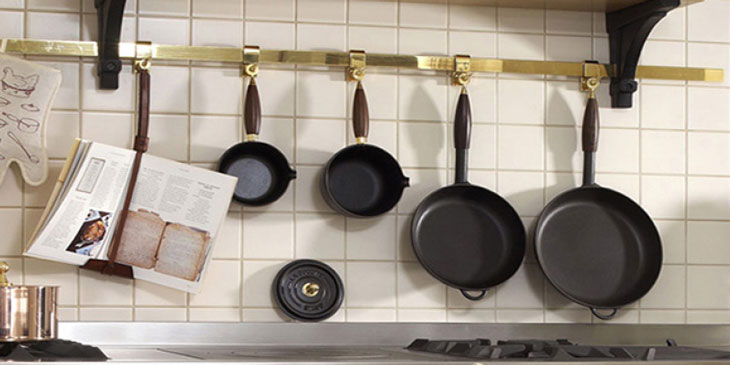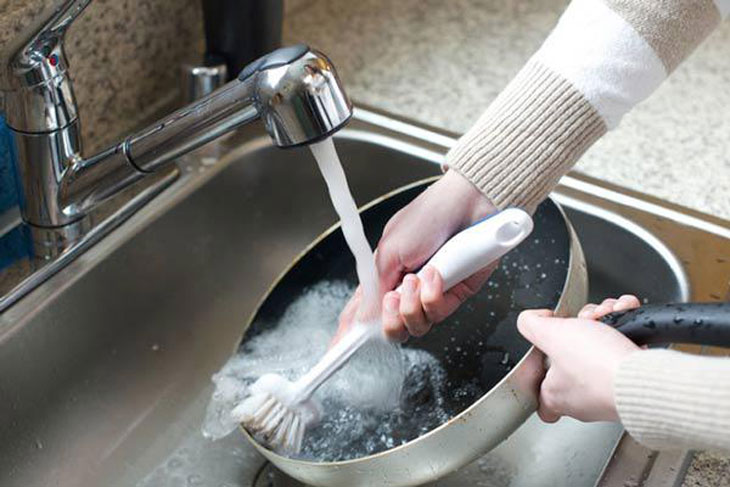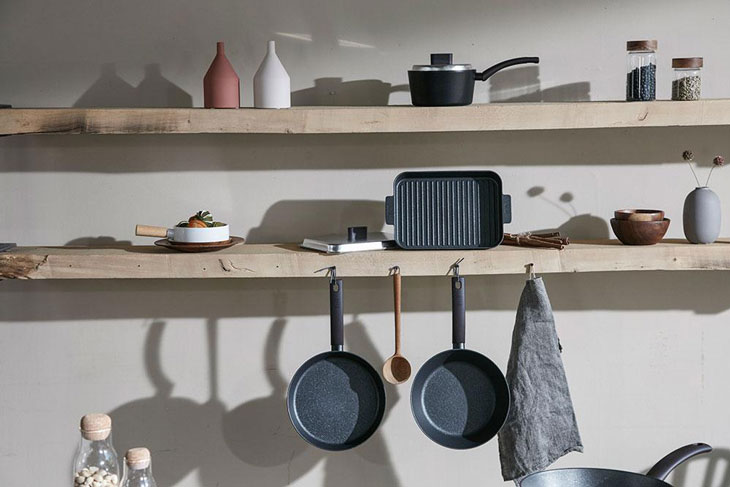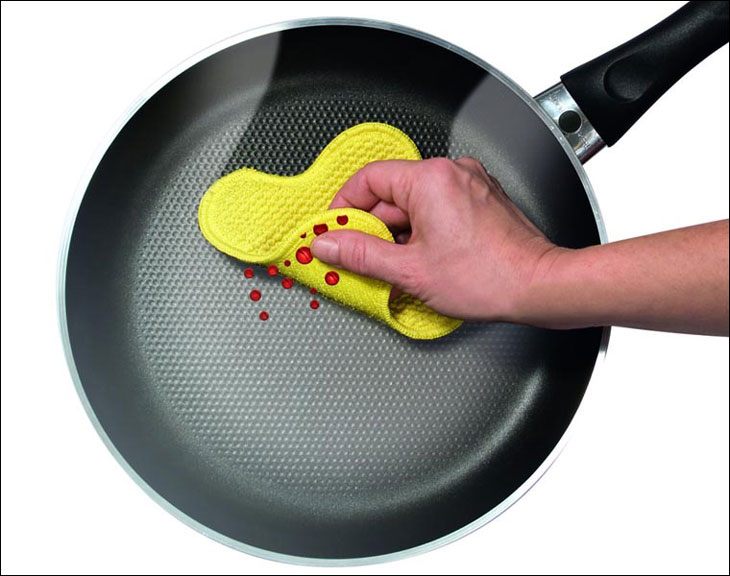How to Properly Store and Preserve Non-Stick Pans
1Use specialized dishwashing liquids
After using a non-stick pan to cook food, make sure to clean it with specialized dishwashing liquids such as Sunlight, M? H?o, or Lix. This will effectively clean the pan without damaging the non-stick layer.
2Do not stack pans without protection
When storing non-stick pans, avoid stacking them on top of each other without any protection. This can cause rubbing and damage to the non-stick layer. Instead, leave some space between the pans or use a thin cloth to separate them.

3Soak the pan in cold water after use
After cooking, it is recommended to soak the non-stick pan in cold water before cleaning. This allows the pan to cool down and makes it easier to clean. Cleaning the pan immediately after use can cause food residue to stick more firmly and increase the risk of scratching.
 Do not clean the pan immediately after cooking, soak it in cold water.
Do not clean the pan immediately after cooking, soak it in cold water.
4Avoid putting the pan in the dishwasher
Non-stick pans should not be cleaned in a dishwasher. The high temperatures and strong cleaning agents in dishwashers can damage the non-stick layer. It is best to clean the pans using dishwashing liquid and gentle hand-washing.

5Store the pan in a high place
For proper storage, it is recommended to store non-stick pans in a high place with enough space between other pots and pans. This allows the pan to drain and dry properly, preventing oxidation and maintaining its condition.

6Apply a layer of cooking oil to the non-stick layer before storing
Before storing the non-stick pan, it is advisable to apply a thin layer of cooking oil to the non-stick layer. This helps protect the layer and maintain its durability, keeping the pan in good condition.

7Replace the pan when necessary
If the non-stick layer on the pan is heavily scratched or no longer intact, it is important to replace the pan with a new one. Using a pan with a damaged non-stick layer can release harmful substances and affect the cooking process.
When choosing a new non-stick pan, look for reputable brands and consider the size and design that best suits your needs.

While non-stick pans are advertised as “super durable,” it is important to properly use and store them to maintain their quality. Follow the tips above to ensure the longevity of your non-stick pans. If you have any questions, feel free to reach out to us!


































